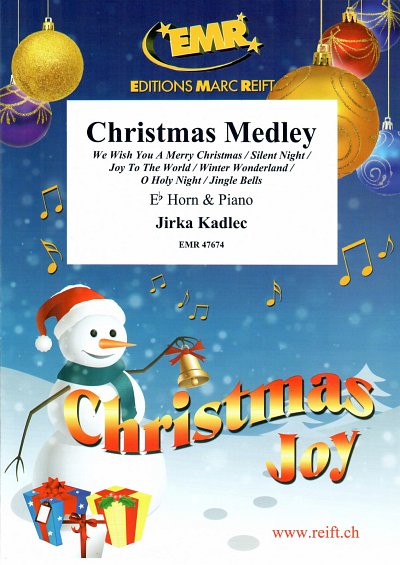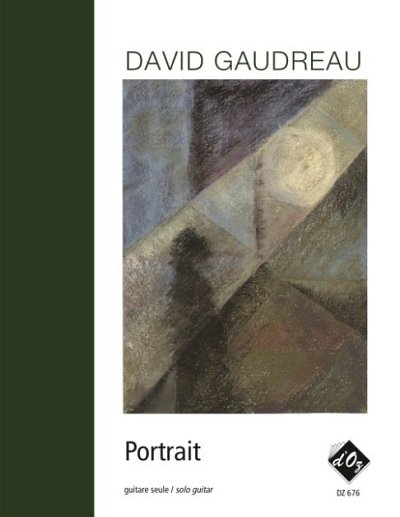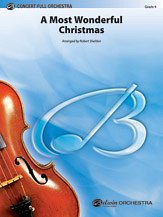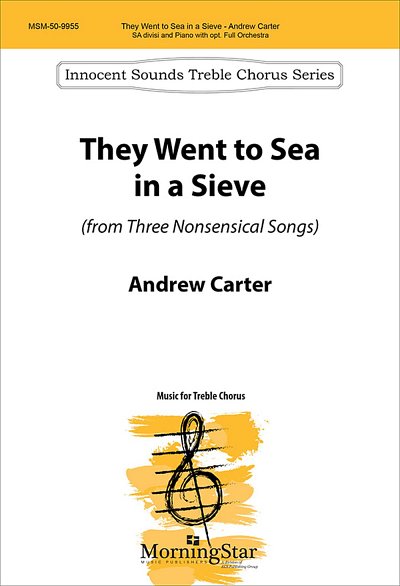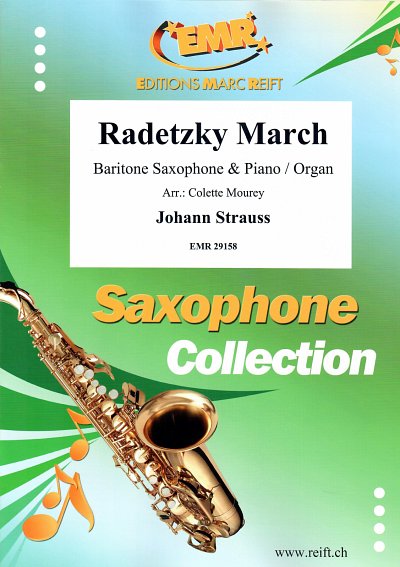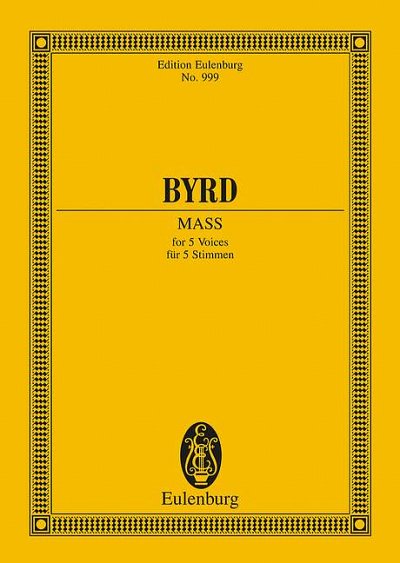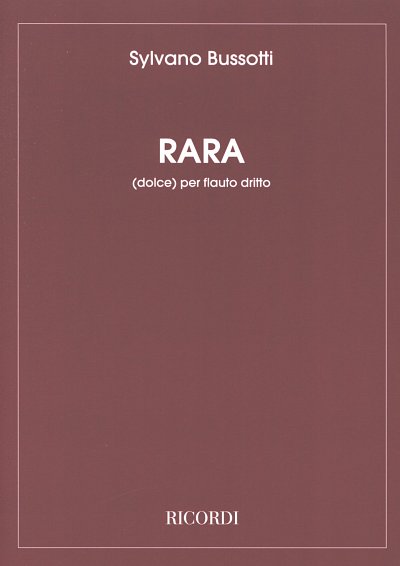Content
- Introduction
- How to use the book
- Recommendations for the instructor
- Chapter I - Melody (exercises 1 - 20)
- Preliminary notes
- Melody 1 - focal point
- Melody 2 - using your own scale
- Melody 3 - using your own scale and a subset
- Melody 4 - using your own scale with a substitute pitch
- Melody 5 - a scale in a given order
- Melody 6 - a scale in a given order with ordered rhythm
- Melody 7 - concatenating triads
- Melody 8 - concatenating triads of any type
- Melody 9 - segments of equal duration
- Melody 10 - segments of unequal duration
- Melody 11 - the melody of an image
- Melody 12 - integer notation
- Melody 13 - integer notation collections and subsets
- Melody 14 - integer notation collections and transition subsets
- Melody 15 - simple probabilities
- Melody 16 - a twelve-tone row
- Melody 17 - a twelve-tone row in palindrome
- Melody 18 - intervallic content
- Melody 19 - leitmotifs
- Melody 20 - eliminations
- Chapter II - Harmony (exercises 21 - 40)
- Preliminary notes
- Harmony 21 - composing transitions
- Harmony 22 - using segments, melody becomes harmony
- Harmony 23 - axis of symmetry Harmony 24 - using the harmonic series
- Harmony 25 - using the harmonic series with a pedal tone
- Harmony 26 - just triads
- Harmony 27 - using integer notation
- Harmony 28 - diatonic?
- Harmony 29 - a twelve-tone row
- Harmony 30 - alla circle progression
- Harmony 31 - triads that move in thirds
- Harmony 32 - triads that move in thirds and progressions within a progression
- Harmony 33 - polychords, triads over triads
- Harmony 34 - polytonality
- Harmony 35 - pedal tones
- Harmony 36 - ideas using parallel modes
- Harmony 37 - clusters
- Harmony 38 - sequences and patterns
- Harmony 39 - implied harmonies
- Harmony 40 - contrafacts
- Chapter III - Rhythm (exercises 41 - 60)
- Preliminary notes
- Rhythm 41 - transformations using simple math
- Rhythm 42 - using segments
- Rhythm 43 - using segments per measure
- Rhythm 44 - non-retrogradable rhythms
- Rhythm 45 - patterns within patterns
- Rhythm 46 - extracting the rhythm of a text
- Rhythm 47 - why meter?
- Rhythm 48 - short, long, long, short - using Morse code
- Rhythm 49 - ostinato
- Rhythm 50 - playing with hemiolas
- Rhythm 51 - hemiolas and melodic construction
- Rhythm 52 - polymeter
- Rhythm 53 - metric modulations
- Rhythm 54 - using rhythmic motifs
- Rhythm 55 - motivic displacement
- Rhythm 56 - isorhythmic motets, talea and color
- Rhythm 57 - repeat signs, loops and internal spiraling
- Rhythm 58 - composing with unequal rests and pauses
- Rhythm 59 - eliminations, everything coming from the same tune
- Rhythm 60 - perceivable and non-perceivable pulse
- Chapter IV - Texture (exercises 61 - 80)
- Preliminary notes
- Texture 61 - analyzing Chopin
- Texture 62 - homorrythmic
- Texture 63 - leitmotifs
- Texture 64 - all the same but different
- Texture 65 - phasing
- Texture 66 - analyzing Debussy, plaining
- Texture 67 - Liszt, simple harmonies, complex texture
- Texture 68 - ostinatos
- Texture 69 - letting the performer make decisions
- Texture 70 - aleatoric counterpoint
- Texture 71 - micropoliphony
- Texture 72 - counterpoint, appropriating from Fux's species
- Texture 73 - counterpoint “tree; 1:1, 1:2, 1:3 and others combined
- Texture 74 - same chord, different color (orchestration)
- Texture 75 - the magic of the unison and timbral modulation
- Texture 76 - volume of orchestration
- Texture 77 - text painting, representing text with sounds
- Texture 78 - heterophony
- Texture 79 - using stratified layers alla Ives
- Texture 80 - sound masses
- Chapter V - Form (exercises 81 - 90)
- Form 81 - planning contrast
- Form 82 - composing with modules
- Form 83 - the one-way-trip composition, developing variations
- Form 84 - theme and variations
- Form 85 - spinning around A, rondo?
- Form 86 - form as process, minimalism
- Form 87 - palindromic structures
- Form 88 - available forms alla Brown
- Form 89 - monolithic structures
- Form 90 - game pieces
- Chapter VI - Pre-compositional strategies (exercises 91 - 100)
- Starting a new composition. Challenges and possible solutions.
- Strategies.
- Formal plans.
- Using matrices.
- Analysis and stylistic imitation.
- Improvisation.
- Soundscapes and nature.
- Using the computer as assistant.
- Pre-composition 91 - writing a compositional recipe
- Pre-composition 92 - using a matrix
- Pre-composition 93 - deconstructing and reconstructing I
- Pre-composition 94 - deconstructing and reconstructing II
- Pre-composition 95 - transcribing your own improvisations
- Pre-composition 96 - bringing ideas from other “worlds” to your music
- Pre-composition 97 - quotations as triggers
- Pre-composition 98 - drawing sketches
- Pre-composition 99 - oblique strategies by Brian Eno and Peter Schmidt
- Pre-composition 100 - the computer as assistant
- Appendix
- A) Grading rubric
- B) Sample curriculums for group composition classes or individual lessons
- C) Select anthology of scales and musical examples
- D) Table of instrument ranges and transpositions

